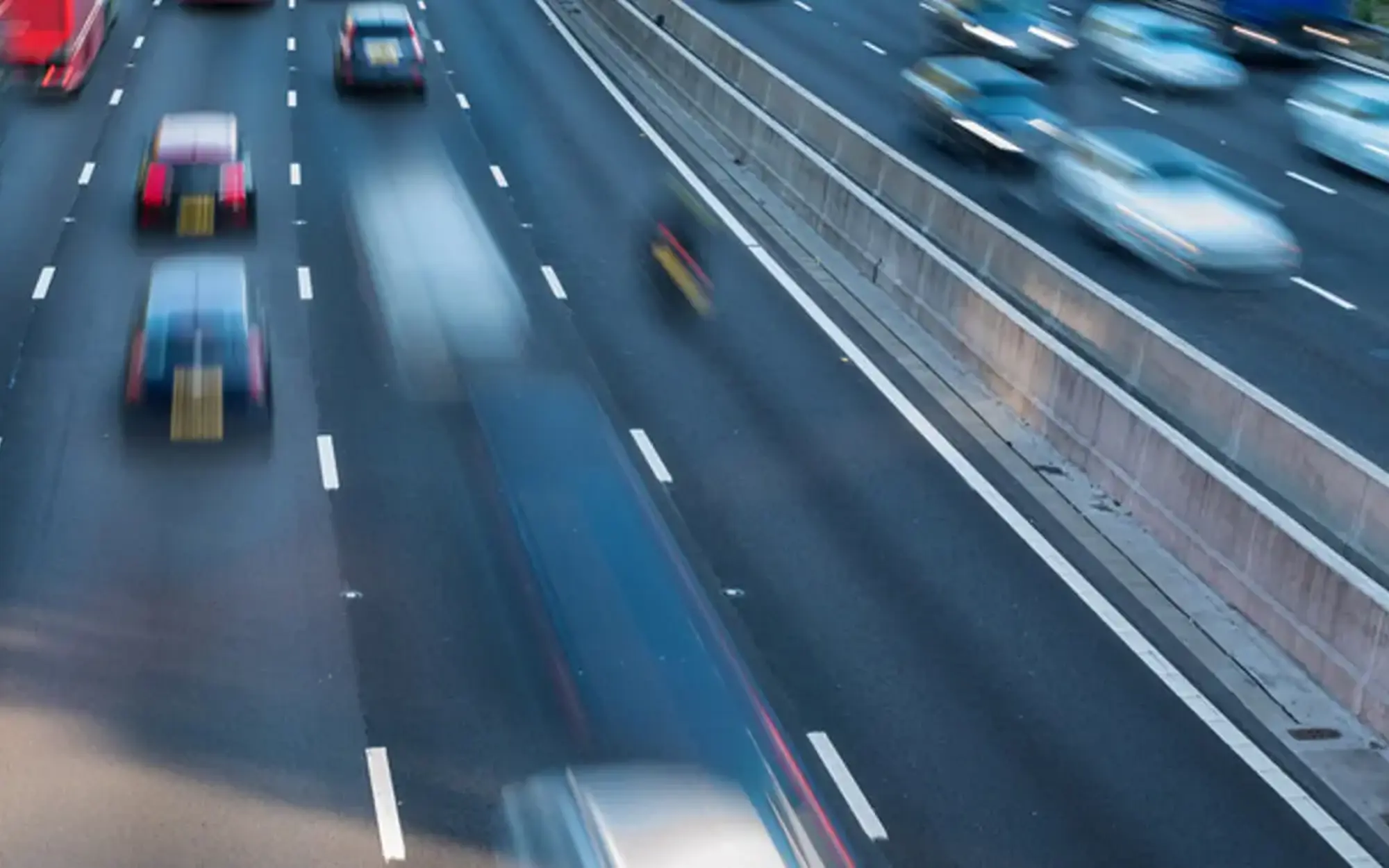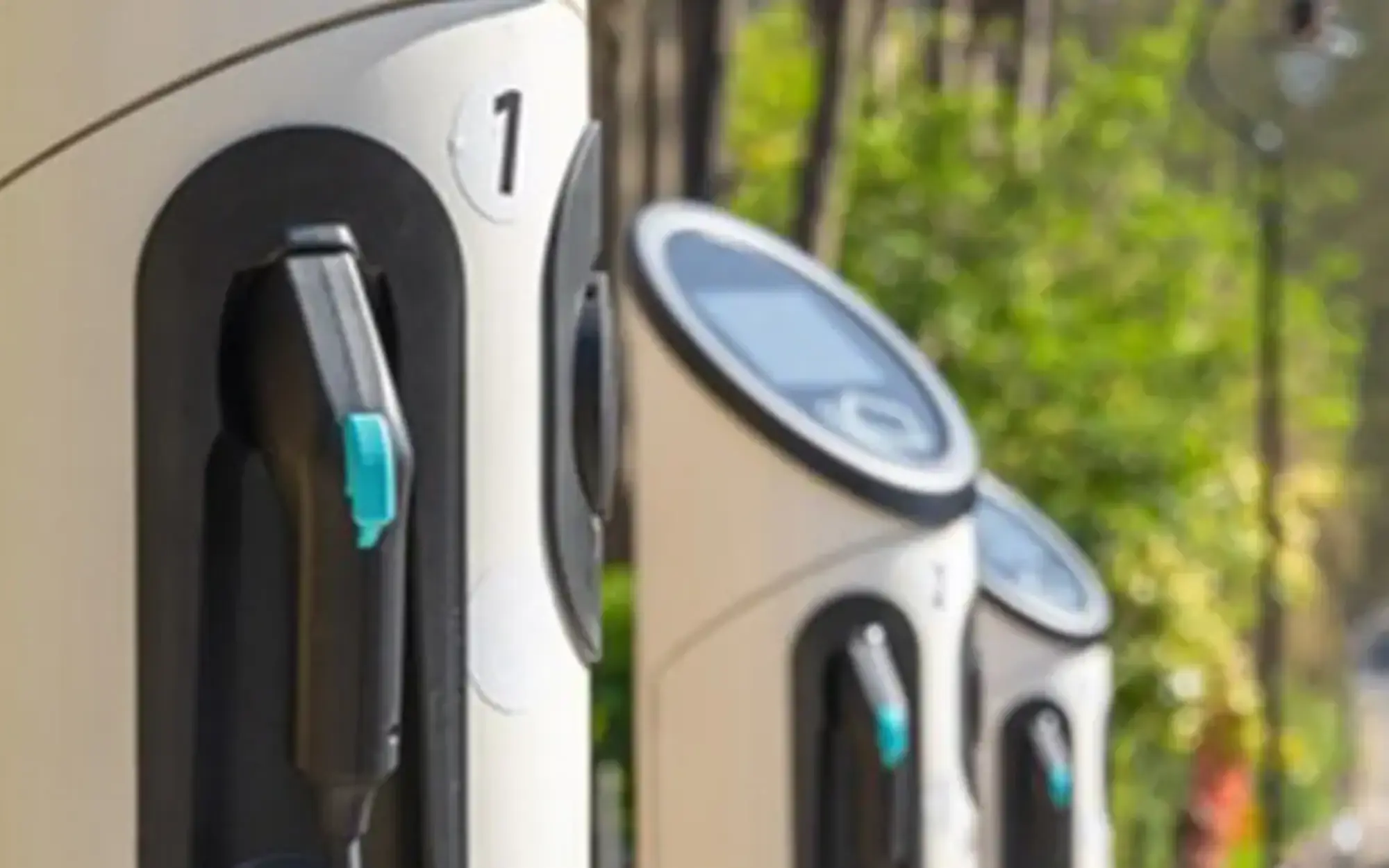
How to save money as a driver – 10 top tips for businesses
Motoring costs rocketing? Here are some quick tips to save money.
Motoring costs rocketing? Here are some quick tips to save money.
Some will amount to a good few pounds, others to just a few pennies, but they all add up.
1. Buy economical tyres
Yes, the type of tyre makes a big difference. While it might be tempting to go for the cheapest available, that can prove to be a mistake in the long run.
Not only do such tyres not perform as well as more expensive tyres (tests show they often increase stopping distance and have a negative effect on handling), but they may also hit your fuel economy and need replacing more regularly.
Something that not many people know to look out for is the tyre's EU tyre label. All tyres sold are fitted with one and it includes the fuel efficiency rating of the tyre.
An ‘A’ rating means the tyre decreases the energy lost through the tyre (often referred to as ‘low rolling resistance’), while a G rating is the worst performing - resulting in increased CO2 emissions and fuel consumption.
Research conducted by Which? found that a good quality ‘eco’ or ‘energy saver’ tyre could improve fuel economy by around 2.5mpg compared with the worst tyre for rolling resistance.
That could slash £50 off your yearly fuel bill, helping to offset the cost of buying good quality, premium brand tyres.
2. Drive gently when the car is cold
Cars are at their least efficient when they are cold. Winter driving comes with its own challenges.
If you drive quickly straight from start-up, you are redoubling the wasted fuel, and also wearing out the engine more quickly in the process.
Show some mechanical sympathy and you’ll immediately start saving money.
On a related matter, you shouldn’t allow your engine to idle for too long.
Today’s engines are designed to operate from the moment you turn the key – warming the engine is no longer required.
If you like the cabin to feel warm on a cold day, it might be worth investing in a car with heated seats and a heated steering wheel.
Remember to turn them off when you’ve warmed up, as they will increase your fuel consumption when switched on.
3. Don’t use windscreen wipers on ice
Windscreen wipers can cost £20 or more to replace. And they’ll wear out much more quickly if you use them on ice in winter - you even risk tearing them entirely.
Scrape the screen or use de-icer instead - this is also much safer (and less irritating for sleeping neighbours). If you haven’t got a scraper, prices start from as little as £1.
Knowing how to demist your windscreen in double-quick time can save you time and money.
Always pack one in your winter breakdown kit.
4. Check for obvious faults ahead of your car's MOT
According to the Society of Motor Manufacturers and Traders (SMMT), around 1.5 million vehicles fail their MOT due to simple things such as faulty bulbs, tyre tread and empty washer fluid bottles.
There are really simple things you can check before an MOT - whether your bulbs are all working, the state of your tyres, the state of your windscreen wipers, even if the washer bottle contains any fluid.
No matter how simple they are, the garage won't rectify them before completing the MOT and will fail you for the most minor faults. So why risk the inconvenience and expense?
If anything does ned a quick fix before your test, running through a MOT checklist can make sure that you keep costs down.
5. Monitor fuel economy
Do you know how many miles per gallon (MPG) your vehicles return under everyday driving?
Don’t rely on the trip computer - they’re not always accurate - but use an app on your phone to calculate your MPG every time you fill up.
Once you know how well it performs, work out how you can improve it - and challenge yourself by making a game of it.
Fuel efficient driving can save hundreds or even thousands of pounds at the pump over a year.
6. Buy tax annually - not monthly
You can pay vehicle excise duty (VED - or road tax) annually, monthly or every six months.
Many go for monthly to split it into smaller payments, but it works out more expensive over the entire year.
Pay the full amount at the start of the year and be comfortable that it’s paid for the rest of the year.
Car tax bands vary depending on yout type of vehicle.
7. Switch to EVs or hybrid
With the cost of petrol and diesel hitting record highs this year, making the switch to electric vehicles (EVs) has become increasingly appealing. EV charging is becoming increasingly more available to drivers across the country.
Although they may come with a larger initial payment, they can often be cheaper to drive over the long run.
EVs often come with cheaper tax and insurance – as well as avoiding all low emission zone payments across the UK.
You can often utilise free or cheap charge points at your place of work, supermarkets or on the public network.
If you own an EV, then you could even install a home charger and plug your vehicle into the mains.
8. Check vehicle tyre pressures
This simple check can save you big. Knowing how to check tyre pressure is very important for all drivers.
OK, it might cost you 50p or £1 to do it at a filling station, but the savings soon add up.
You could also buy an electric pump and check and inflate yourself, rather than go to a garage.
Tyre inflators are available from the RAC Shop.
Tyres under inflated by 15psi - a difference you may not notice from a visual glance - can use 6% more fuel.
That’s the difference between averaging 40mpg and 42mpg.
Or, to put it another way, an additional 26 miles from a 60-litre tank of fuel.
Based on the current average price for a litre of diesel, you’ll spend £1,365.08 a year at 40mpg or £1,300.10 at 42mpg – a difference of £65.
Find out how to check your tyres.
9. Change gears earlier
Also known as short shifting – if you change gears earlier than you normally would, you will end up being more fuel efficient when behind the wheel.
In general, if you are driving in a higher gear with lower RPM (less than 3000), then you will have a more economic MPG.
A key part of successful short shifting is being able to anticipate the road ahead – because if you let the revs drop too low, then you will stall the vehicle. Repeatedly doing this could damage the engine.
10. Don’t warm your engine up before driving
During the colder months, many people turn on their engine and let their vehicle warm up before heading off.
This wastes fuel and isn’t needed for the vehicle to be working at optimal condition.
It is advisable in many vehicles to slowly accelerate when an engine is cold, rather than let it increase in temperature before heading off on your next road trip.
Business Breakdown Cover
Keep your business moving
Pay monthly from £11.00 per vehicle – exclusive to the RAC




